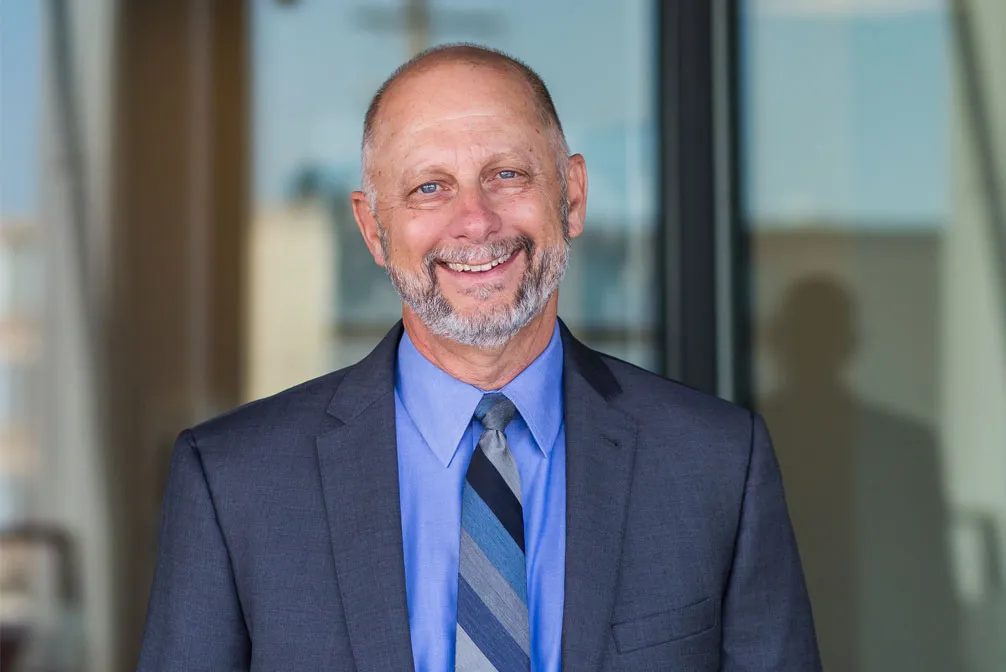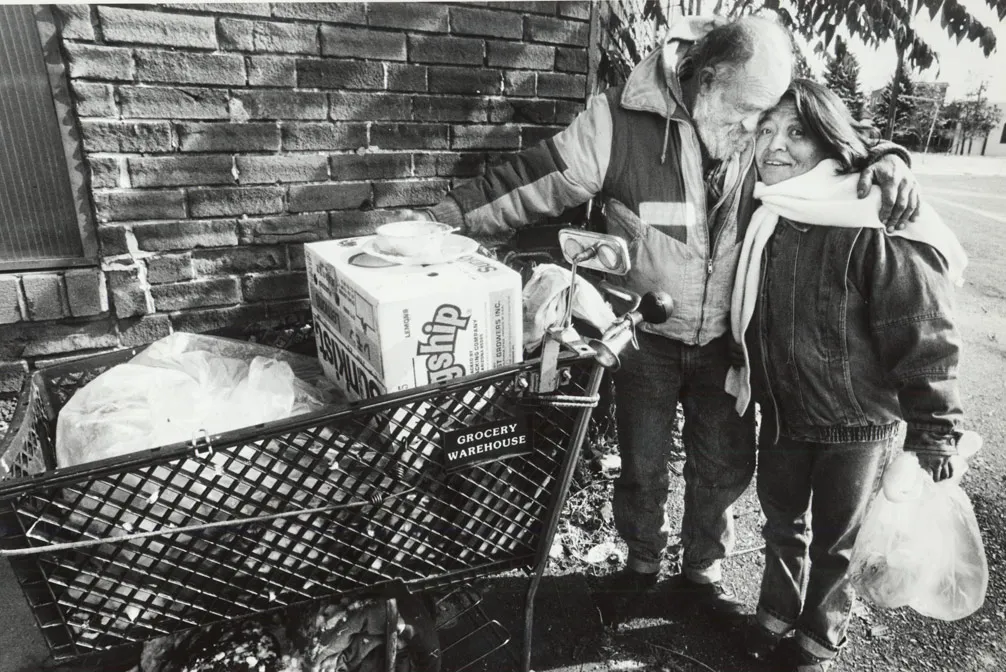
- Who We Are
- What We Do
- Get Involved
- Ways To Give
A Legacy of Transforming Lives
Denver Rescue Mission has been serving people experiencing homelessness and poverty in our community since 1892. Deeply rooted in our history is a love of Christ and a desire to share that love with others through critical services and life-changing programs.
Through the tireless efforts of our staff, volunteers, donors, and supporters, we’ve been able to continue the Mission’s work for more than a century.
133 Years of Changing Lives in Denver


Denver Rescue Mission celebrates 130 Years of Impact.

In partnership with the City of Denver, the 24/7 operation includes beds for men, three meals a day, showers, restrooms and access to case managers who work with guests toward long-term solutions.
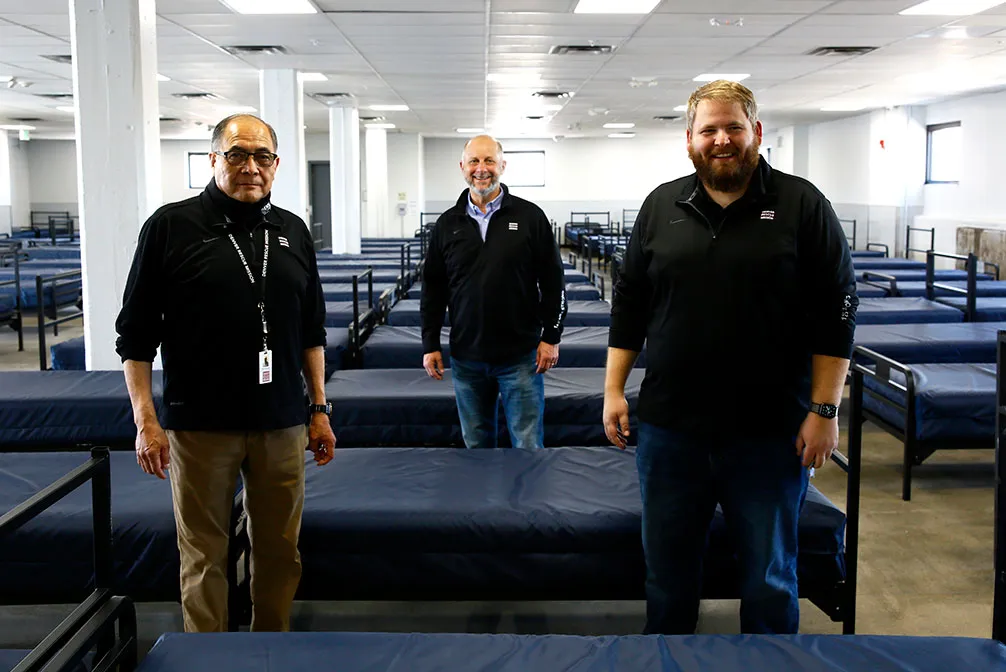
Thanks to a grant from the City of Denver and generous donor support, the Lawrence Street Shelter building added many features including a ramp and elevator to accommodate guests with disabilities.

The Northside Aztlan Community Center became an auxiliary location for men during the COVID-19 crisis.
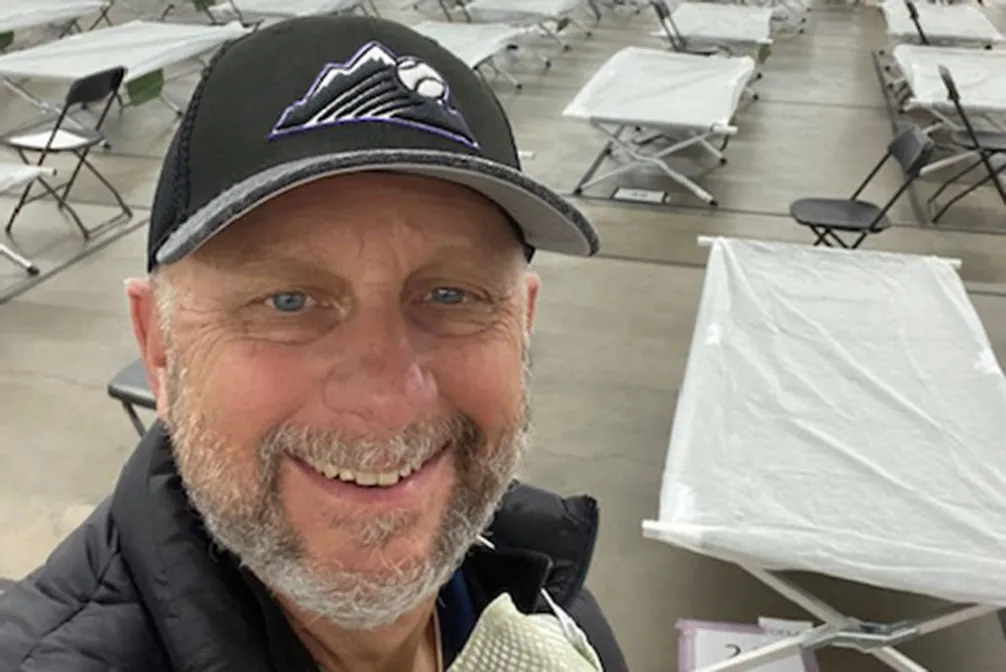
The Mission operates the National Western Complex auxiliary shelter along with local service providers and later in the year the Denver Coliseum.

The Mission is essential during the COVID-19 crisis. Our doors stayed open, as many doors in the city closed. “It’s a time for the light of Jesus to shine through all of us.” Brad Meuli, President/CEO, said.

An overnight emergency shelter is built inside the Ministry Outreach Center warehouse. It includes showers, restrooms and 200 beds for men, the first shelter beds added in Denver since 1989.
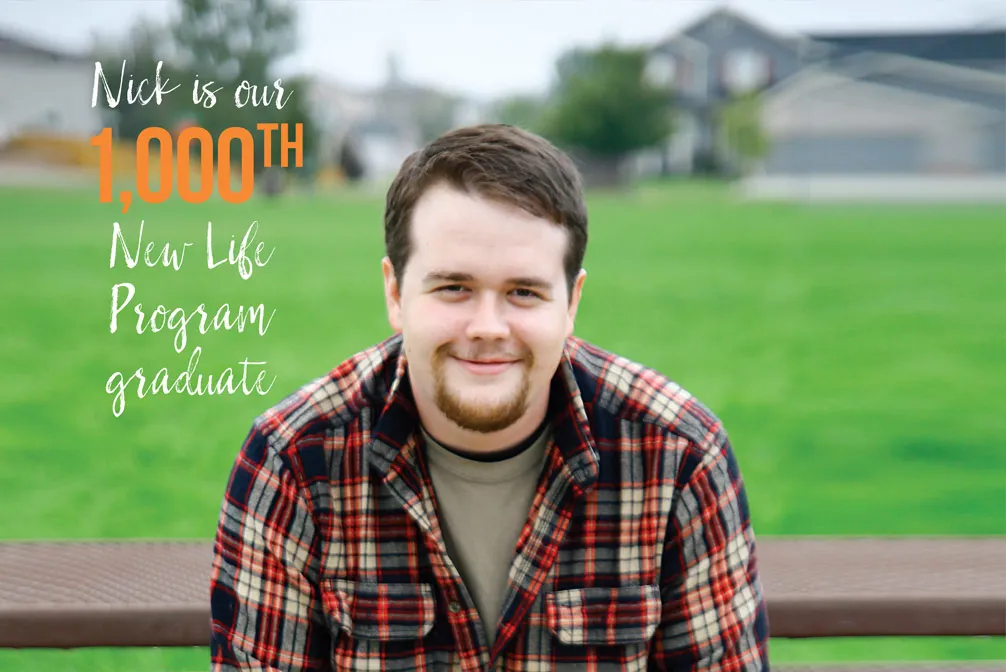
The Mission celebrates its 1,000th New Life Program graduate. More than 1,000 lives changed… and counting.

The Lawrence Street Community Center finally opens to the public on November 23, 2015 offering ADA access, a large dining room, a courtyard, showers, bathrooms, washing machines, and water fountains for our homeless community.
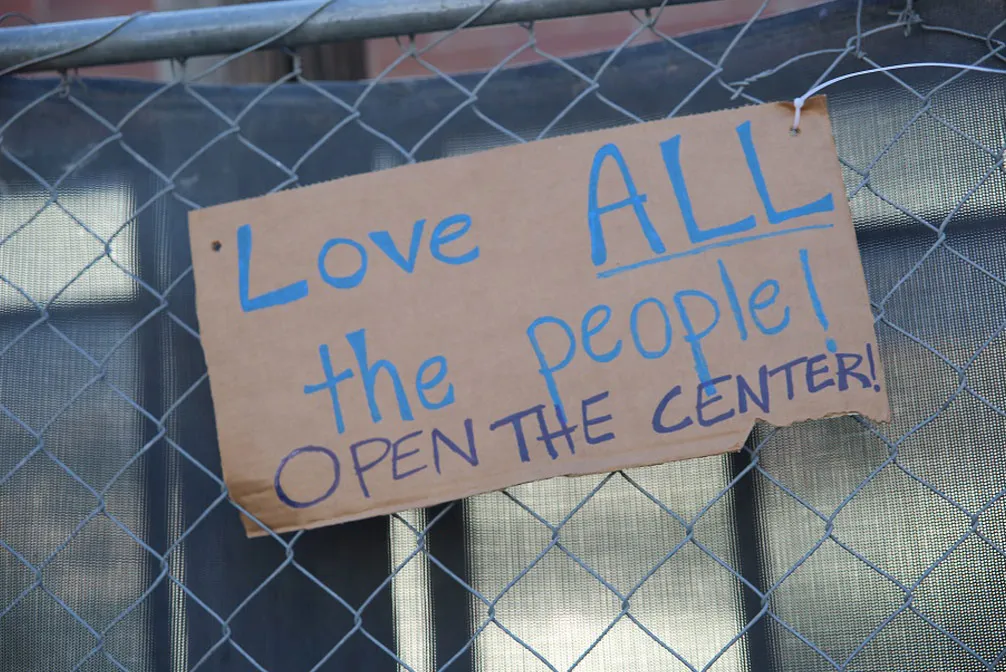
A groundswell of community support emerges as Denver Rescue Mission faces opposition opening the Lawrence Street Community Center. [More at: The Denver Post]
Construction begins on the Lawrence Street Community Center at 2222 Lawrence Street.
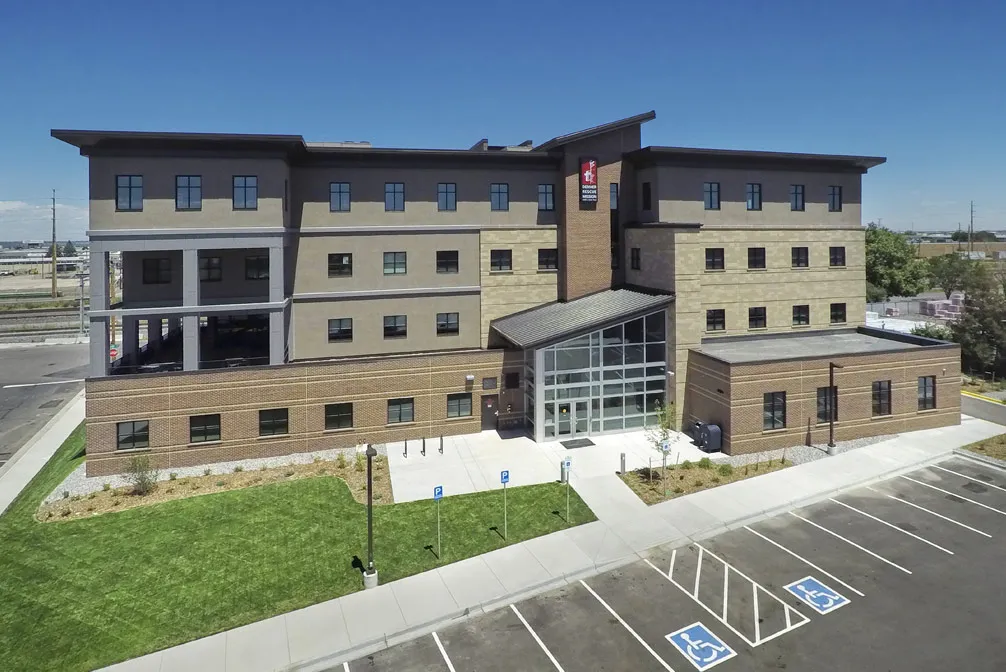
The new Administration and Education Building opens at 6100 Smith Road to provide classrooms, office space and an in-take area for programs at The Crossing.

Denver’s homeless population includes 5,812 men, women and children. [Source: 2014 State of Homelessness Report]
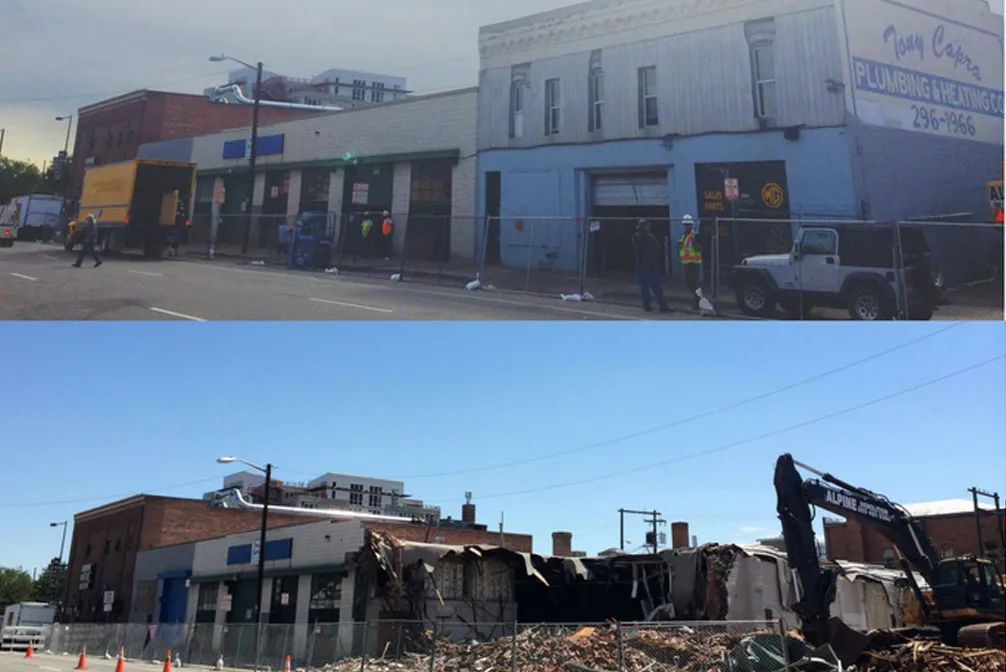
The Mission acquires the property adjacent to the Lawrence Street Shelter to create a new day-time community center for Denver’s homeless.

Fort Collins Rescue Mission celebrates its first life-changing program graduate.

A 55,000 square-foot warehouse is purchased on Holly Street to serve as the new and improved Ministry Outreach Center.
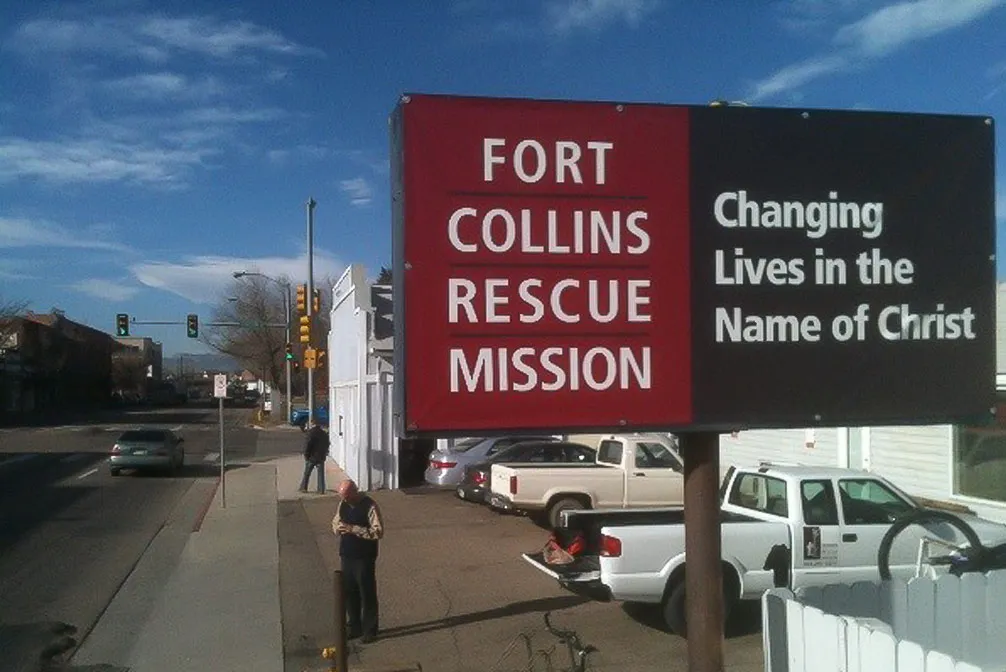
Denver Rescue Mission acquires Open Door Mission in Fort Collins and renames it Fort Collins Rescue Mission, providing beds for 80 homeless men and women each night.

The Mission purchases Pilgrim’s Rest Church, across the street from The Crossing, as a new site for its administration building.
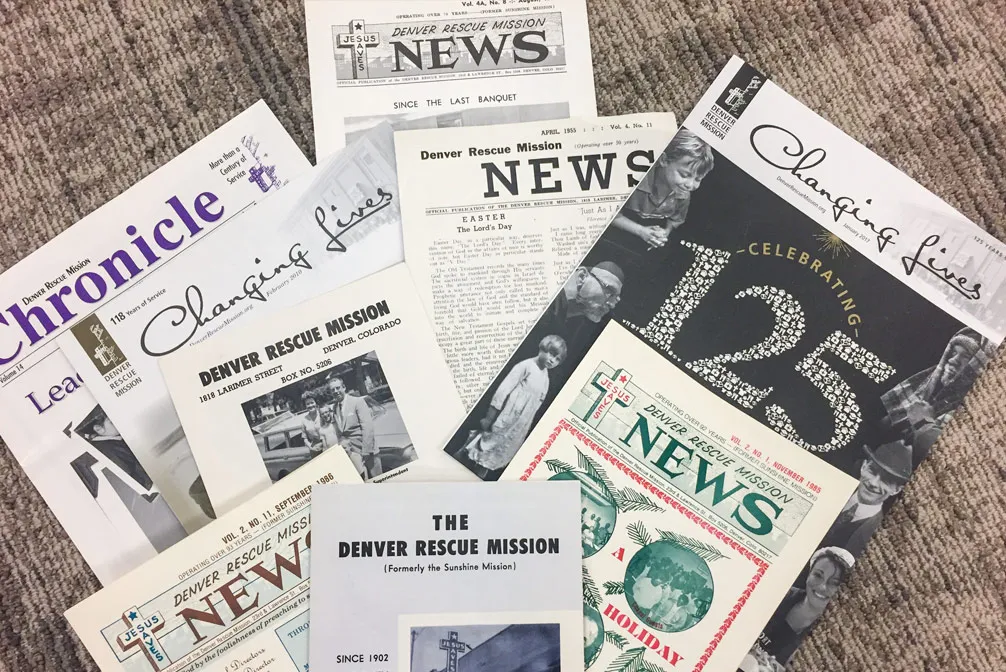
The Mission changes the name of its monthly newsletter to Changing Lives which has been in publication for decades to inform and inspire supporters.

LifeSkills, Education and Career classes become available at all program facilities, expanding access to educational opportunities.
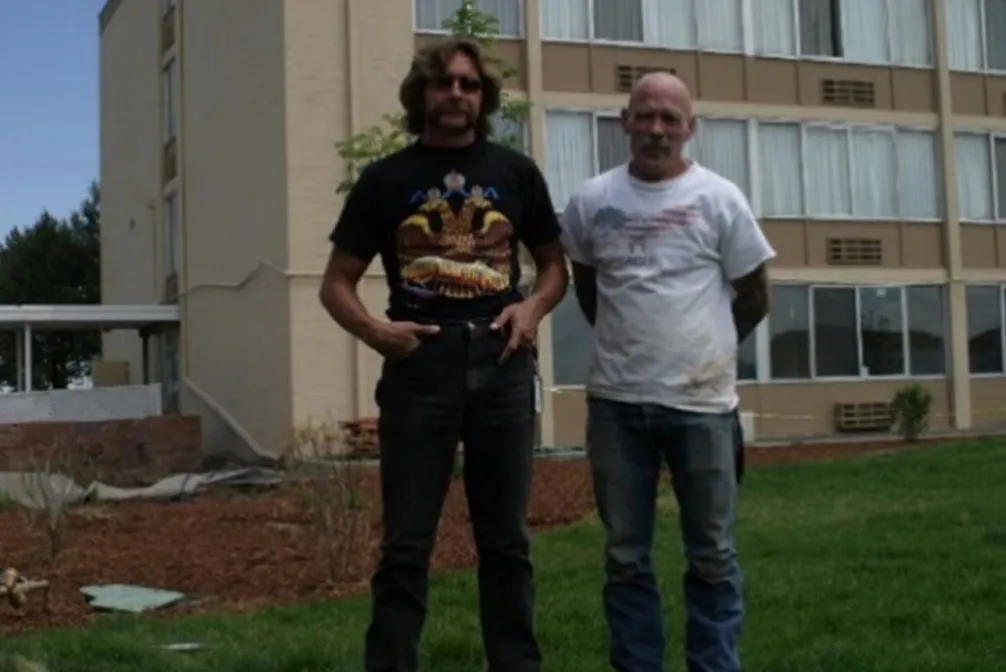
New Life Program participants move from the downtown shelter to The Crossing, and the program for men in Denver grows from 75 to 130.

After extensive renovation, The Crossing officially opens to provide a transitional program for families and housing for New Life Program participants.
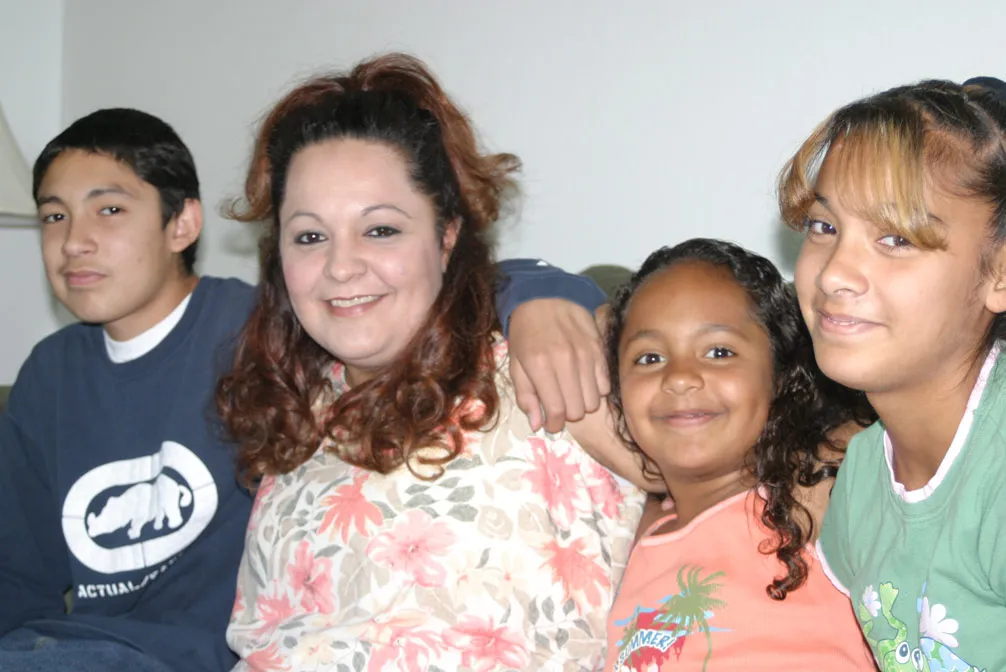
The Mission develops Family Services—the STAR Transitional Program, Family Rescue Ministry and Family Refugee Services.

The Mission purchases a 94,000 square-foot former hotel at 6090 Smith Road to serve as a new transitional program facility.
Harvest Farm creates the first Fall Festival & Corn Maze, which raises funds for the New Life Program and has become an annual fall tradition for thousands of families across Colorado.

The Denver Broncos hosts their first Broncos Holiday Party for our families in need at The Crossing, which has become an annual tradition ever since.

The Mission establishes the Vehicle Donation Program, which restores donated vehicles and gifts them to people in need, including Mission program graduates.

The beginnings of what is now a vibrant partnership with the Denver Broncos began with former player, Mike Horan, and his wife, Kim, who ministered to our homeless working families.
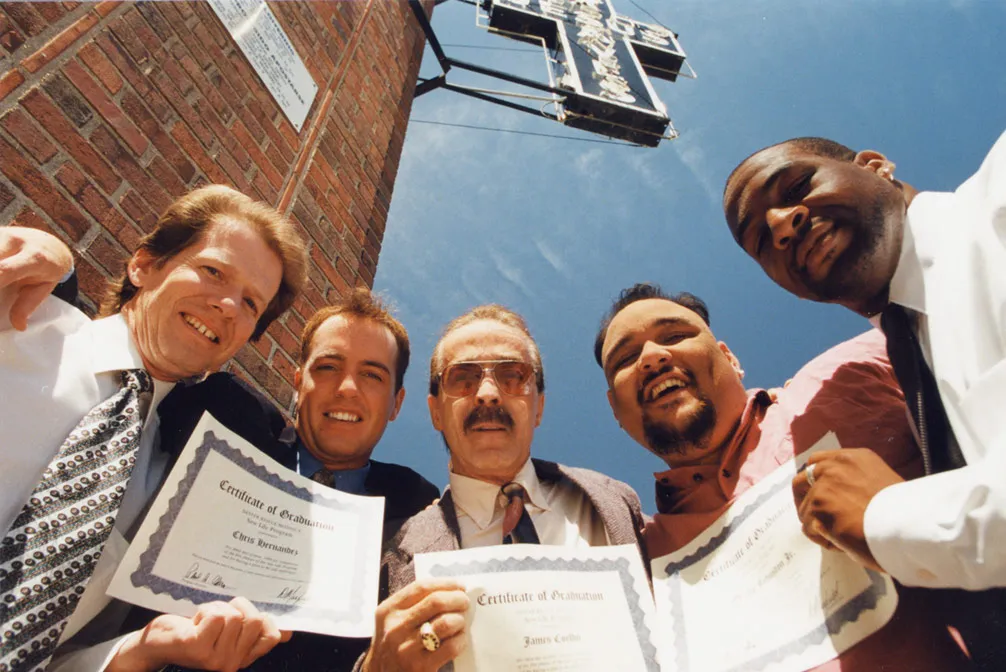
The New Life Program begins, a long-term rehabilitation program which offers life-changing support and spiritual counseling.

The Mission holds its first Thanksgiving Banquet-in-a-Box event, which has grown to provide thousands of needy families in Denver with a traditional holiday meal.

The Mission celebrates Easter service with families in need—an annual tradition that has spanned decades.
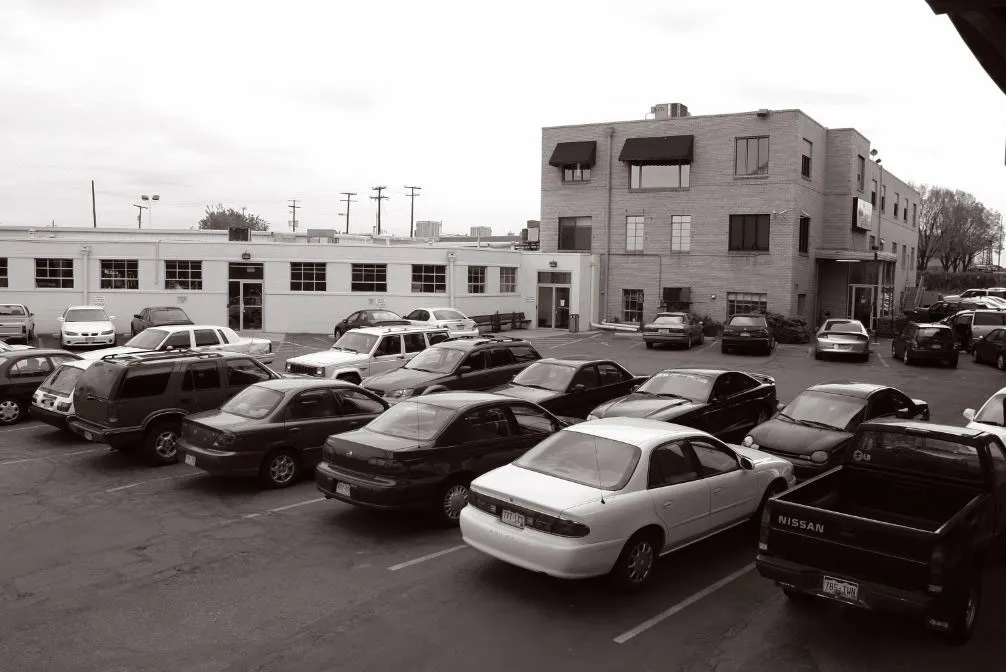
Cowles Media donates the facility at 3501 East 46th Avenue to Denver Rescue Mission. This 37,000-square-foot building becomes the Ministry Outreach Center with administrative offices and a central warehouse for food, clothing and furniture.

The Mission launches the award-winning Literacy and Education Center program offering men and women the opportunity to improve their academic and practical skills.

The Champa House building is donated to the Mission, beginning a long-term, life-changing program for women with children.

The Mission acquires Mercy Farm in Wellington, Colorado and renames it Harvest Farm. Harvest Farm is a working farm that grows food crops, provides long-term rehabilitation for men and serves as a rural outreach.
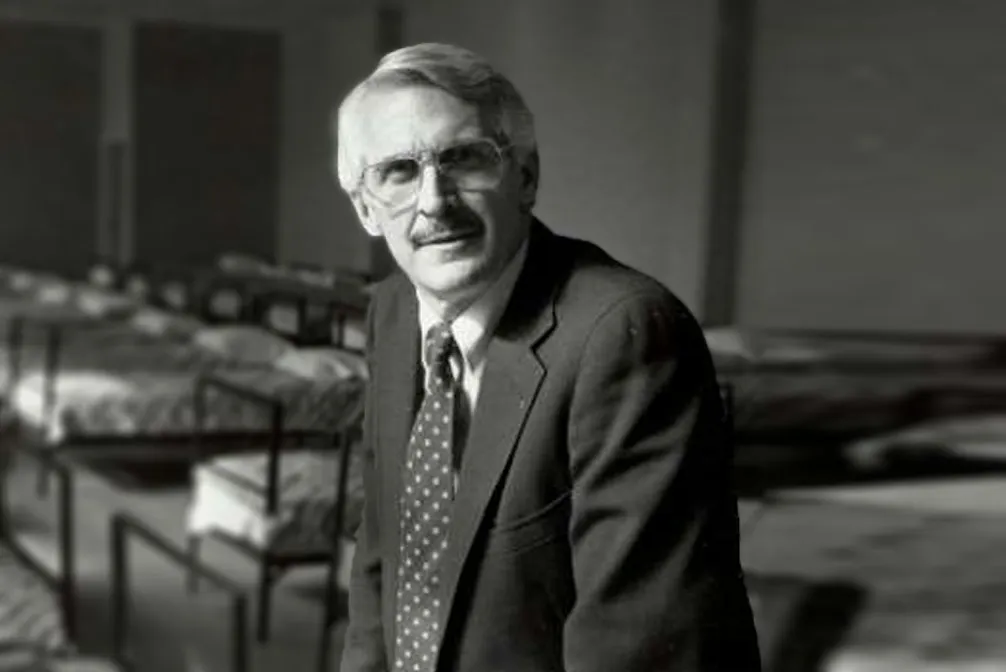
Reverend Del Maxfield becomes Executive Director of Denver Rescue Mission and initiates a new phase of growth.

New shelters, including a Salvation Army shelter, open to address doubling numbers of homeless and poor individuals in Denver. [Source: 5280.com]

Our prayer is answered! The Mission purchases its current downtown facility, the Lawrence Street Shelter.

Homelessness in Denver increases as demolition starts on Larimer Street’s “Skid Row.” [Source: 5280.com]
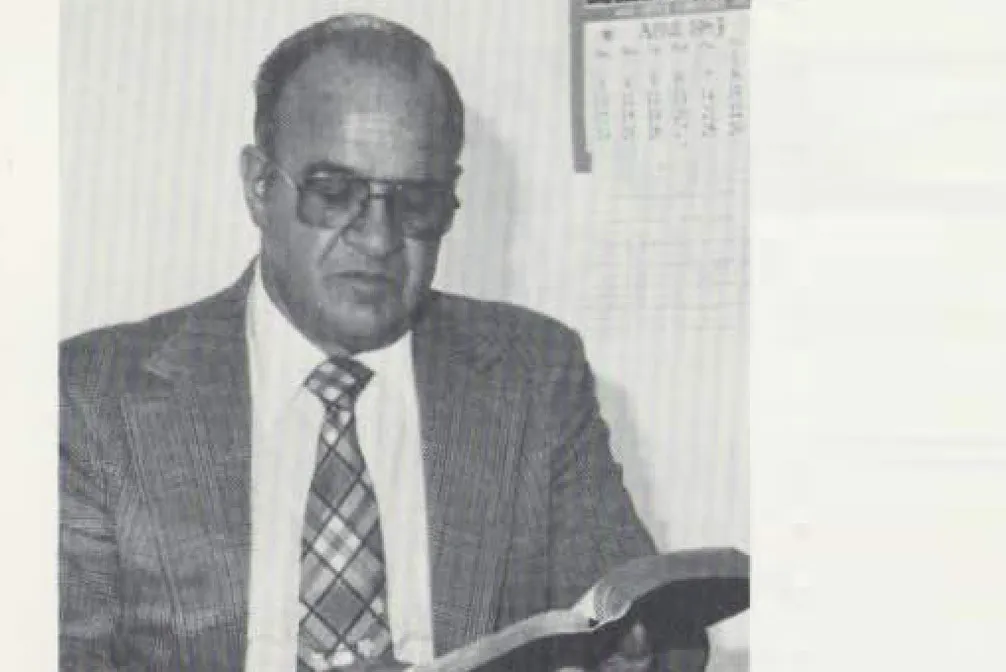
Reverend LeRoy Bradrick becomes the Mission Director and builds a strong financial foundation by steadily increasing donations from churches and individuals.

For one year from 1966 to 1967, Stanley Skivington served as Mission Director.
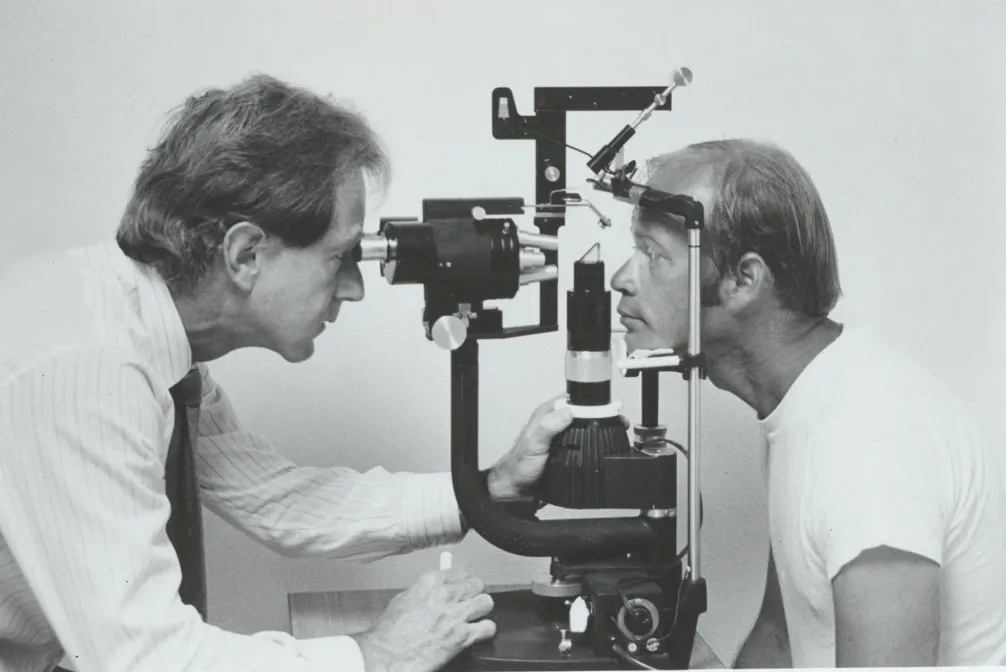
The Mission opens its first medical and dental clinics staffed completely by volunteer physicians.

Under the new leadership of Reverend Truman Thompson, another building is built on Larimer Street. The new 7,500 square-foot facility features a kitchen, dining room, garage, and dormitory.

From 1951 to 1958, U S. Grant Sension serves as Mission Director. During this seven-year period, the Mission’s work continues to expand.
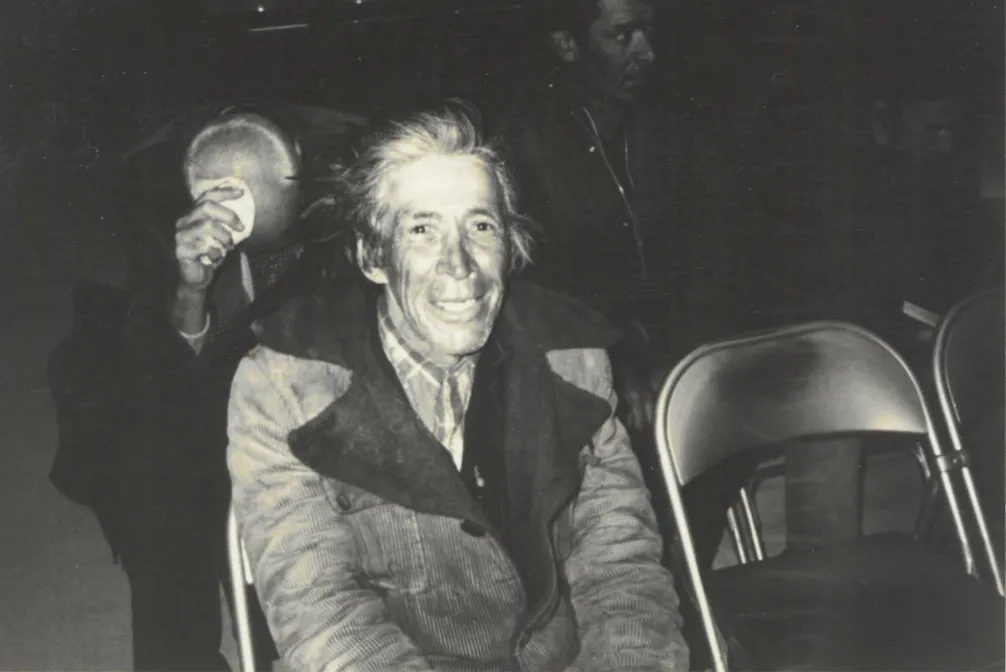
Between 1930 and 1950, countless men and women kept the Mission’s ministry alive by donating their time, food and money.
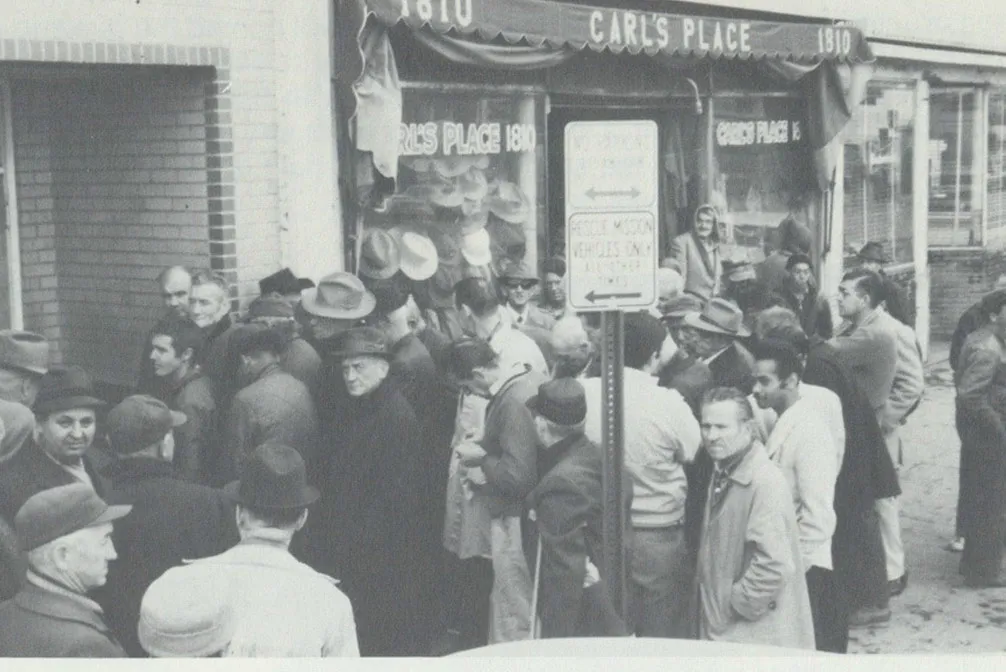
Denver Rescue Mission purchases a one-story building at 1818 Larimer Street, providing gospel services, clothing distribution and meal service.

Reverend Gravett and a dedicated group of volunteers rent a space and reopen the Mission at 1120 18th Street—with the new name, Denver Rescue Mission.

The Mission closes and is sold to pay debts after Goodheart was unexpectedly hospitalized for a breakdown and could no longer run the facilities.

Because of his proven success, the Board of Directors sells the Mission to Goodheart for one dollar.

Under Goodheart’s leadership, Living Water Rescue Mission changes its name to Sunshine Rescue Mission and expands to include three locations providing more than 3,000 overnight accommodations every month.
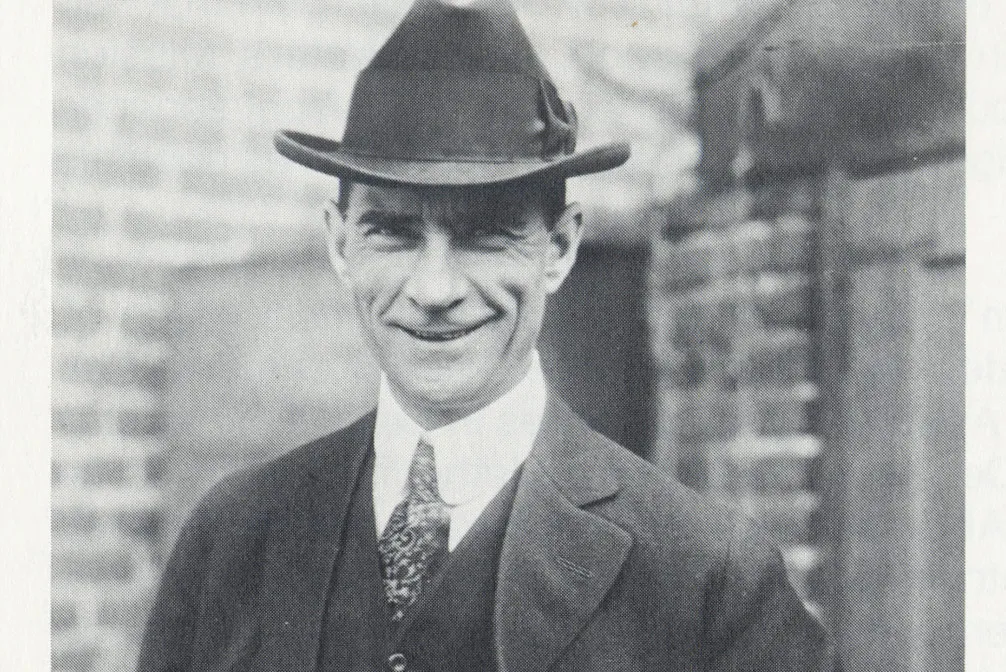
Jim Goodheart, a former Living Water Mission guest, becomes Mission Director.
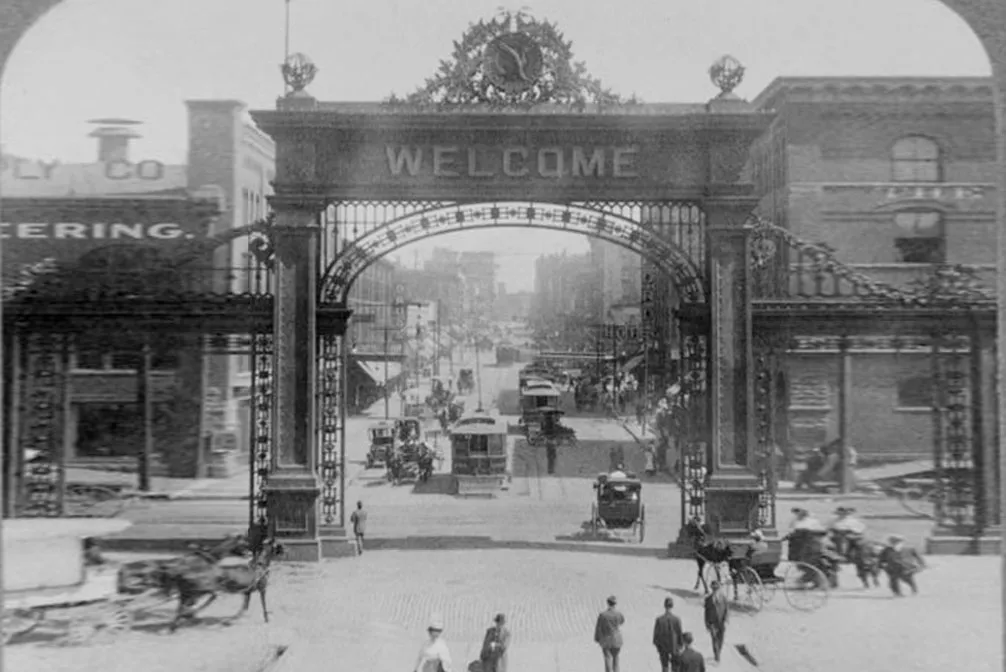
Market Street Mission merges with the Florence Crittenton Mission and Home for Women. Living Water Rescue Mission begins with new focus on serving men in need.

The Mission begins as a rescue home for women called Market Street Mission near 31st and Lawrence St. founded by Reverend Joshua Gravett, pastor of Galilee Baptist Church.
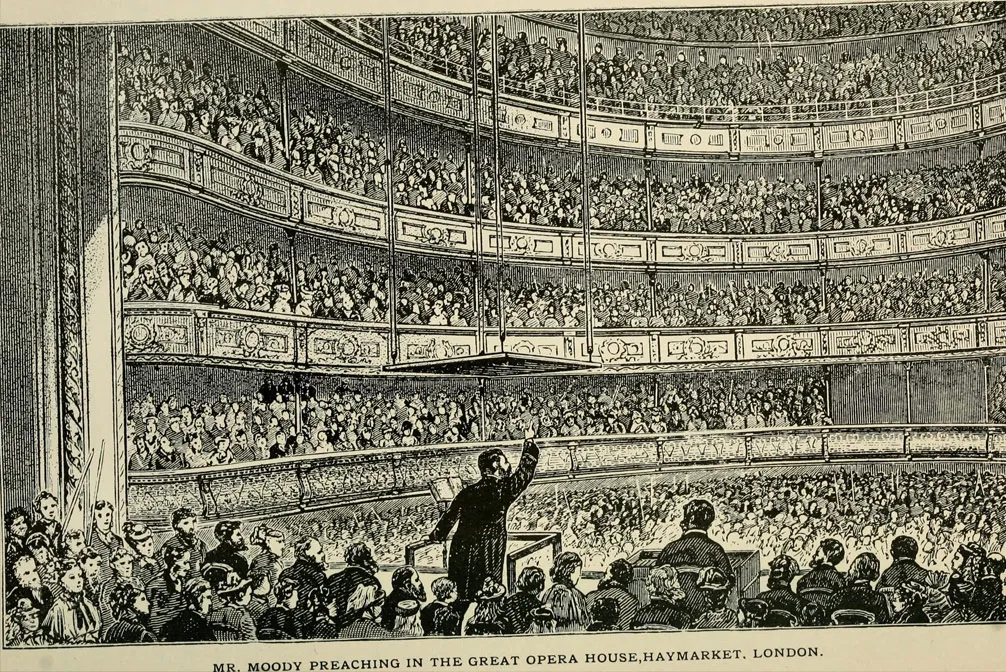
Meanwhile, 3,400 miles away in England, Dwight L. Moody, founder of the Moody Bible Institute, meets Joshua Gravett at one of his Christian crusades. This friendship would later inspire Gravett to reach out to those in poverty and despair in Denver.

Jerry McAuley opens the Water Street Mission in New York City which quickly becomes the model for rescue missions across the U.S., spreading from the East Coast to Denver.




